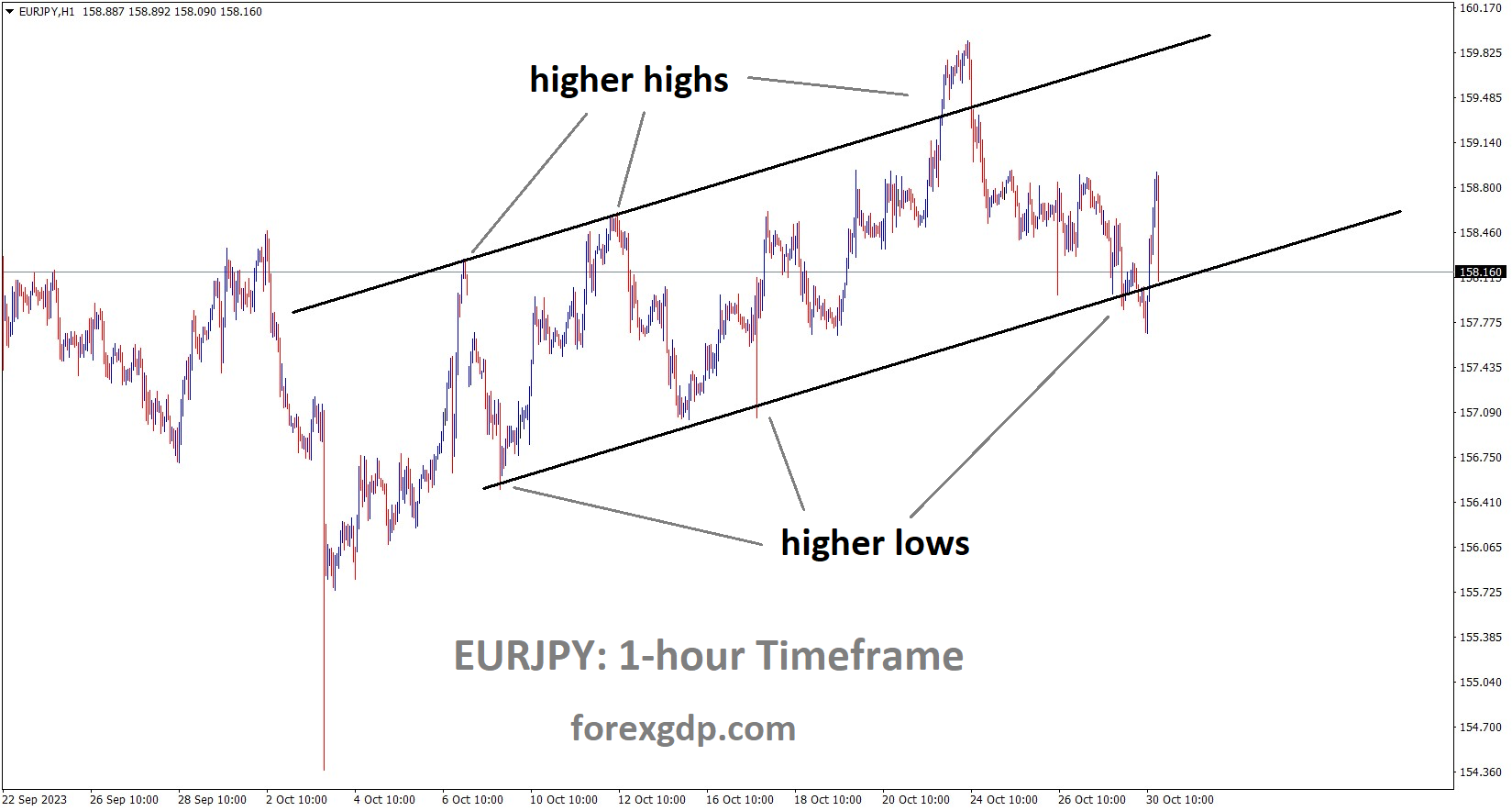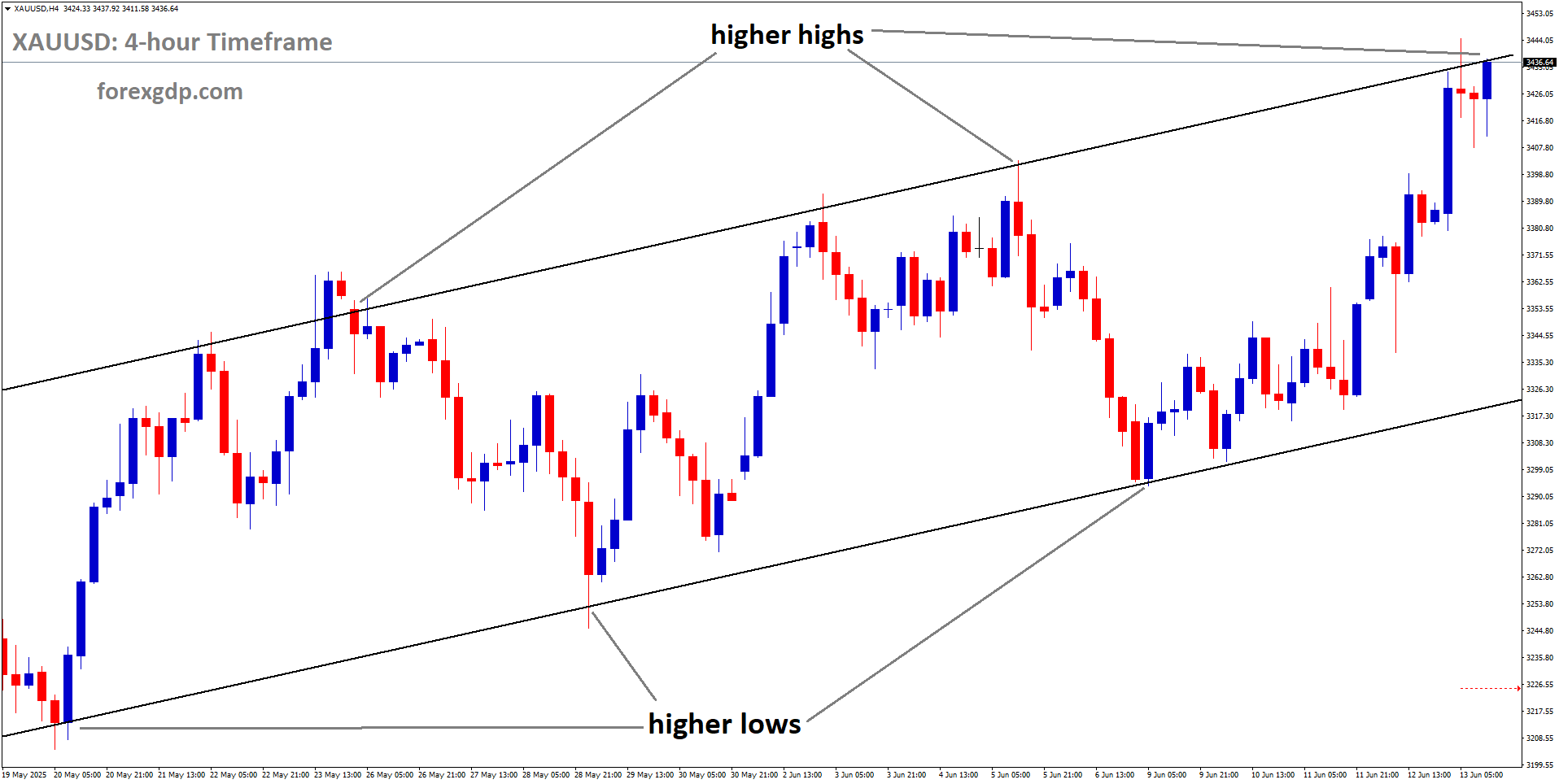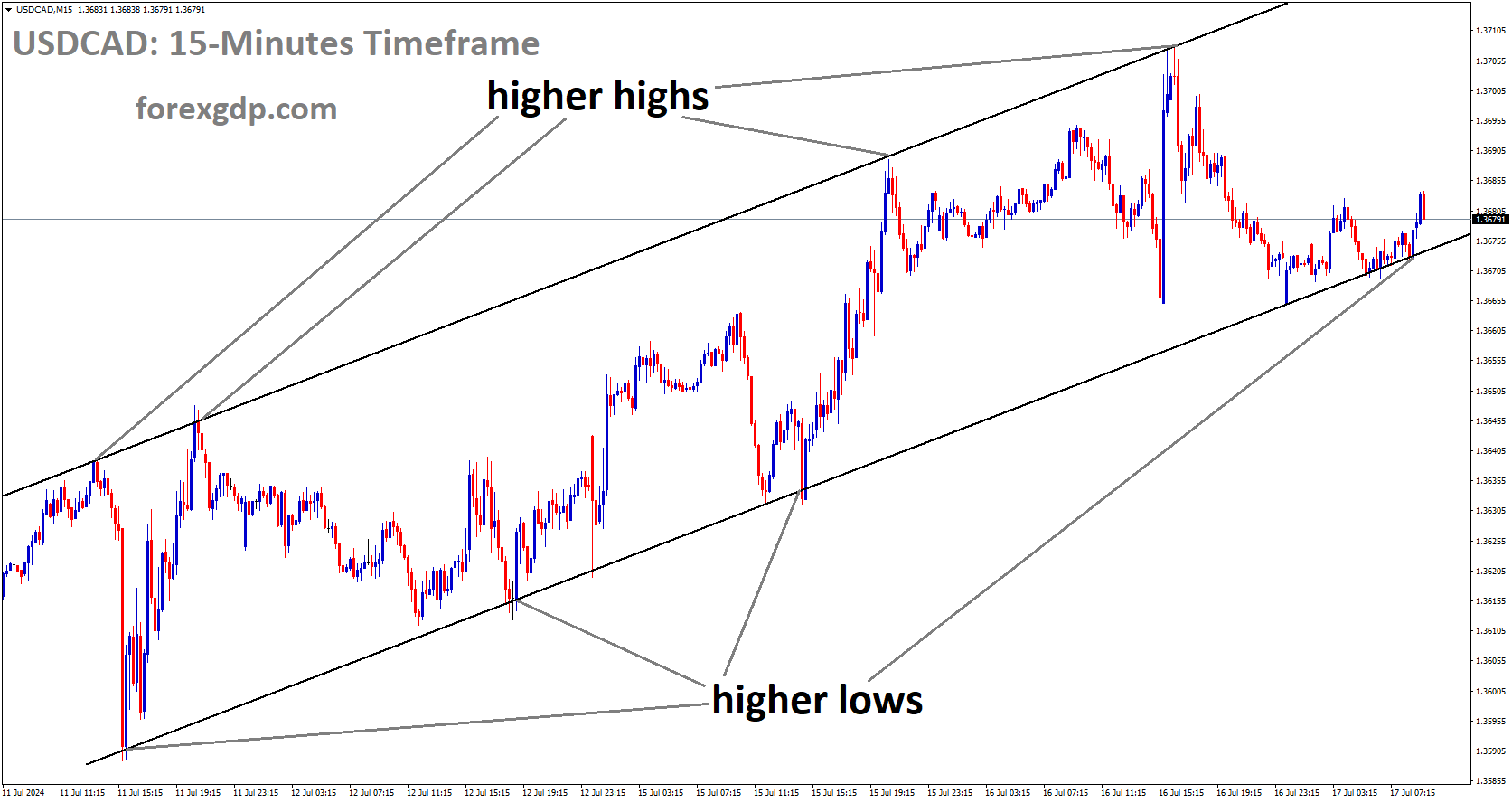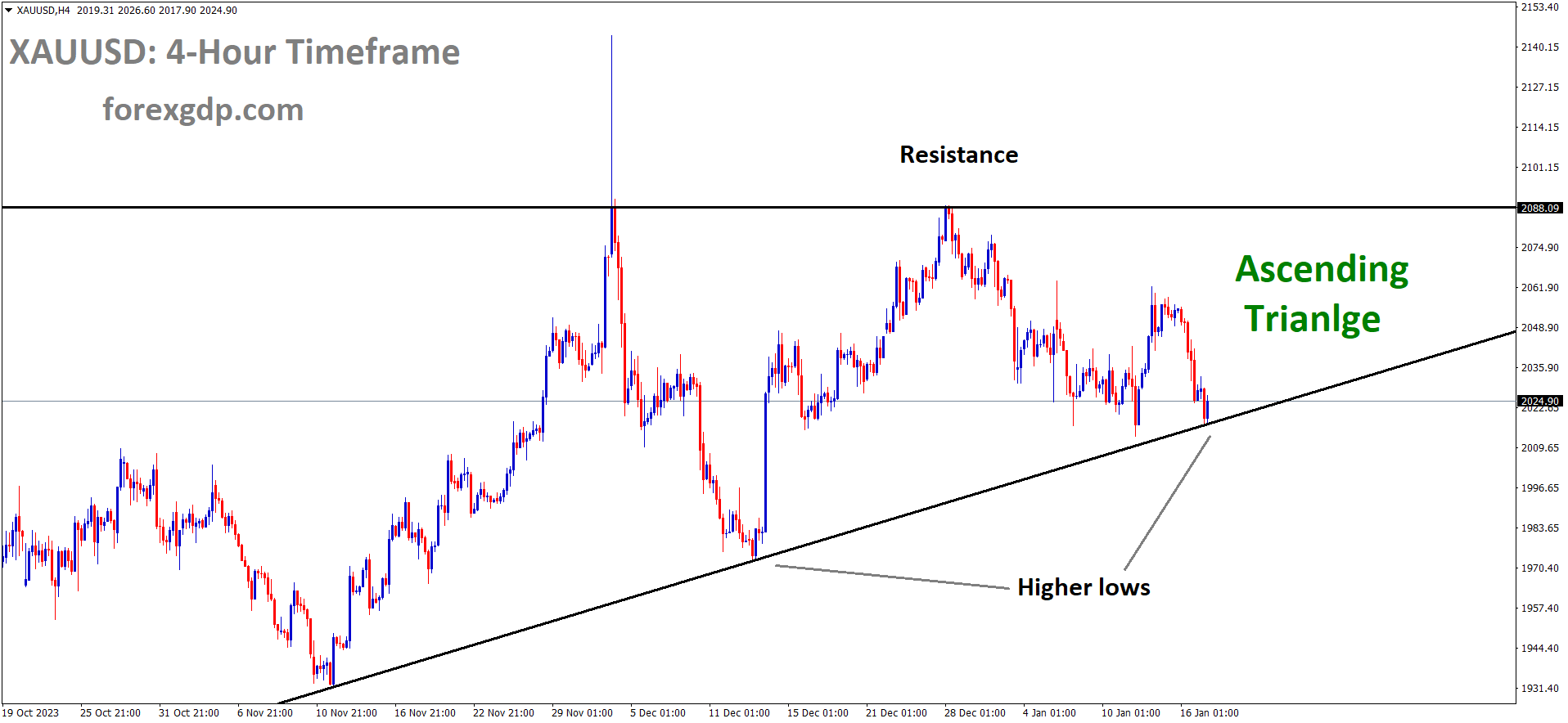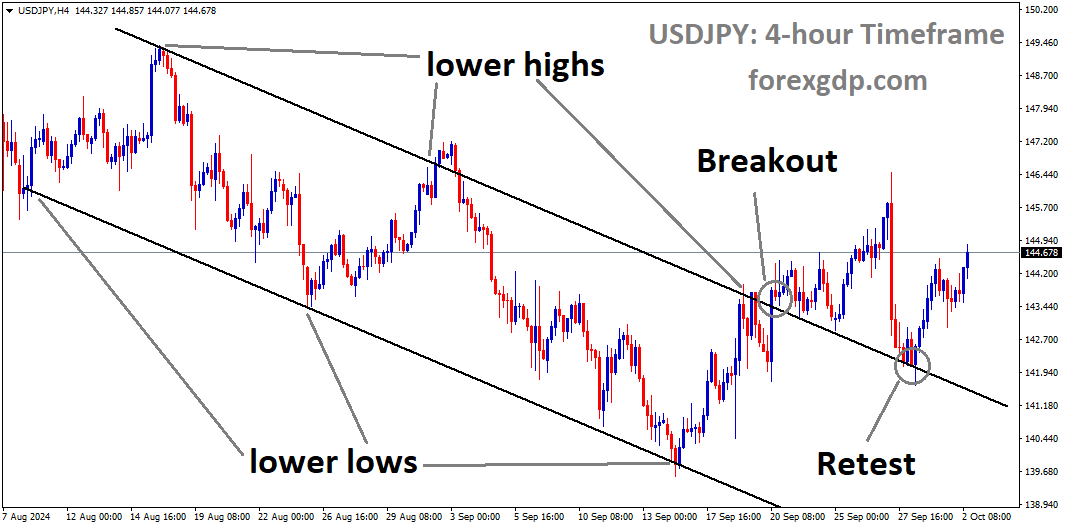EURJPY is moving in an Ascending channel and the market has reached the higher low area of the channel
The Bank of Japan (BoJ) is widely anticipated to raise the Yield Curve Control (YCC) rate from 1.0% to 1.5%, as expected by economists. However, it is highly anticipated that the BoJ will maintain its interest rates at -0.10% during this meeting, with a stronger likelihood of an increase in the YCC rate.
The Bank of Japan (BOJ) is currently facing a multifaceted monetary policy challenge as it convenes for its two-day meeting. This decision holds paramount significance, impacting various aspects of Japan’s economy, including currency exchange rates, inflation management, and overall economic stability. This comprehensive article dives deep into the intricate challenges the BOJ confronts, exploring the yen’s precarious position, the delicate balance between yield control and economic fundamentals, the influence of global economic uncertainties, and political considerations, all while dissecting potential policy alternatives and their implications.
The Yen’s Precarious Position
1: Expectations and Speculation
The BOJ’s primary concern is the yen’s stability, given its critical role in Japan’s economic landscape. Many financial market participants expect the BOJ to take action to prevent further weakening of the yen. The currency is currently hovering around the psychological barrier of 150 against the U.S. dollar, reflecting market anticipation of the BOJ’s stance.
The yen’s volatility is largely driven by expectations and speculative movements. Investors closely monitor BOJ’s actions, hoping to gain insights into its monetary policy. Any deviation from market expectations can lead to abrupt shifts in the yen’s value, impacting export-oriented industries and overall economic stability.
2: Divergent Easing Policies
A central factor contributing to the yen’s fluctuations is the stark contrast between the BOJ’s easing policy and the monetary policies of its global counterparts. While the BOJ maintains ultralow interest rates and aims for yield curve control (YCC), the U.S. Federal Reserve and other central banks have pursued aggressive tightening policies.

The divergence between Japan’s accommodative monetary stance and the tightening pursued by the U.S. and other major economies puts pressure on the yen’s value. As interest rates rise in other countries, investors seek higher returns, often leading to a depreciation of the yen. This divergence has persisted, contributing to the yen’s downward trend.
Balancing Yield Control and Economic Fundamentals
1: Yield Curve Control Program
The BOJ employs a unique policy tool known as the yield curve control (YCC) program, which aims to manage interest rates and stabilize the economy. Under this program, the central bank targets short-term interest rates at minus 0.1 percent and aims to keep 10-year yields around zero percent. This unconventional approach allows the BOJ to influence borrowing costs and maintain stability in financial markets.
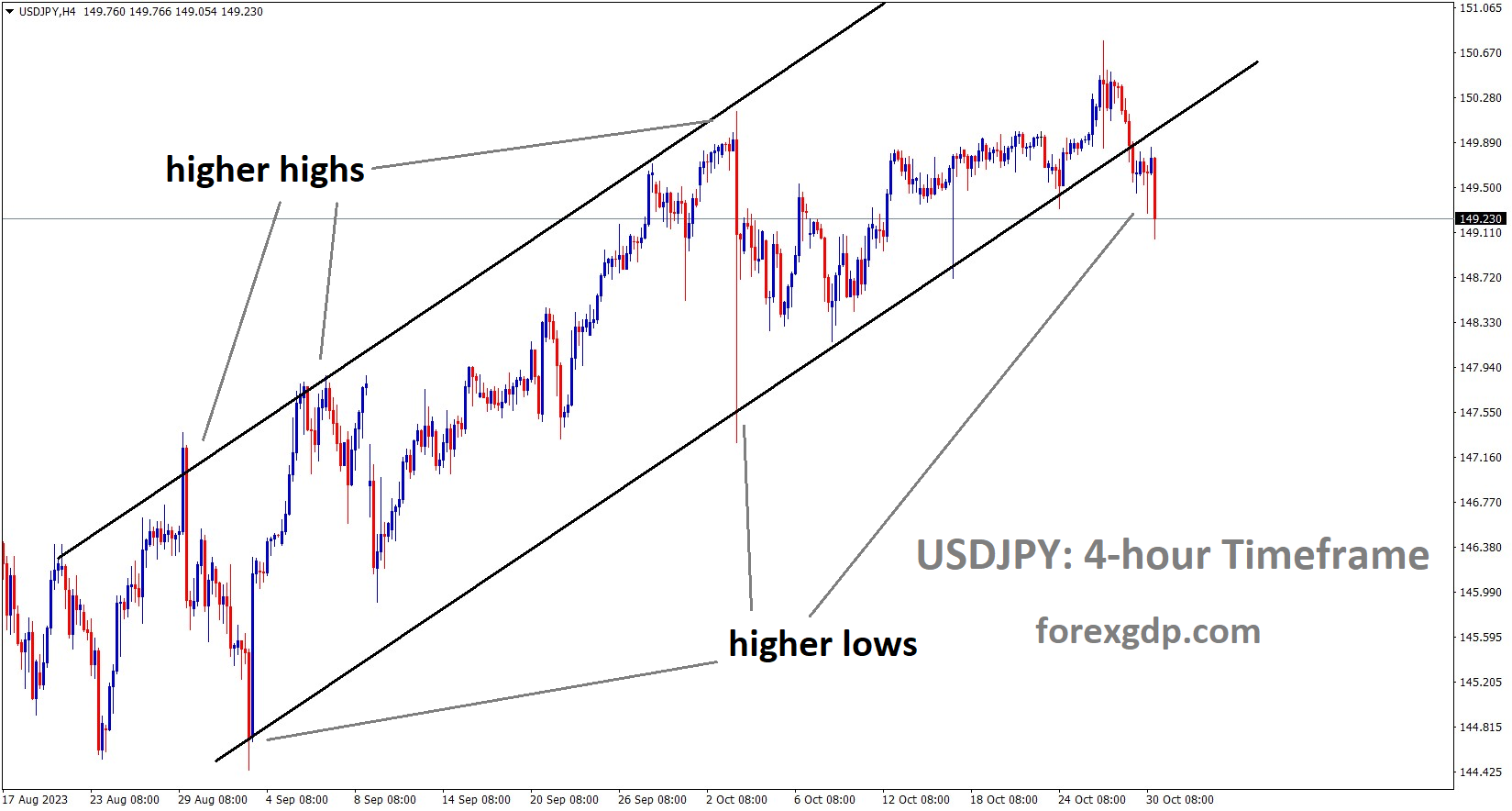
USDJPY is moving in an Ascending channel and the market has reached the higher low area of the channel
However, the BOJ has recently introduced more flexibility into its YCC program. It now permits 10-year yields to better reflect economic conditions, allowing them to rise as long as they remain below 1.0 percent. This adjustment reflects the BOJ’s recognition of the need to adapt its policies to changing economic dynamics.
2: The BOJ’s Inflation Target
The BOJ’s commitment to ultralow rates and YCC is underpinned by its unmet 2 percent inflation target. Governor Kazuo Ueda has repeatedly emphasized the importance of wage growth in achieving this target. Sustainable wage hikes are seen as a prerequisite for achieving the desired inflation levels.
Despite signs of progress, the BOJ has been cautious about declaring victory on the inflation front. Some BOJ board members have expressed confidence in the outlook for price hikes in the coming year, while others, including Prime Minister Fumio Kishida, have raised concerns about the inflation trend outpacing wage growth.
Economic Uncertainty and Global Factors
1: Impact of the Israel War
Adding complexity to the BOJ’s policy decision is the backdrop of economic uncertainty stemming from the Israel war and its potential ramifications for the Middle East and the broader global economy. Geopolitical events, such as conflicts in the Middle East, have the potential to disrupt supply chains, affect energy prices, and create financial market volatility.

The BOJ must carefully consider how these external factors may impact Japan’s economic outlook and tailor its monetary policy accordingly. The interconnectedness of global economies means that events on the other side of the world can have far-reaching consequences.
2: International Monetary Policies
The BOJ’s monetary policy decisions are not made in isolation but within the context of global monetary trends. The recent decision by the European Central Bank to refrain from raising interest rates and the expected pause in monetary tightening by the U.S. Federal Reserve create a challenging environment for the BOJ.
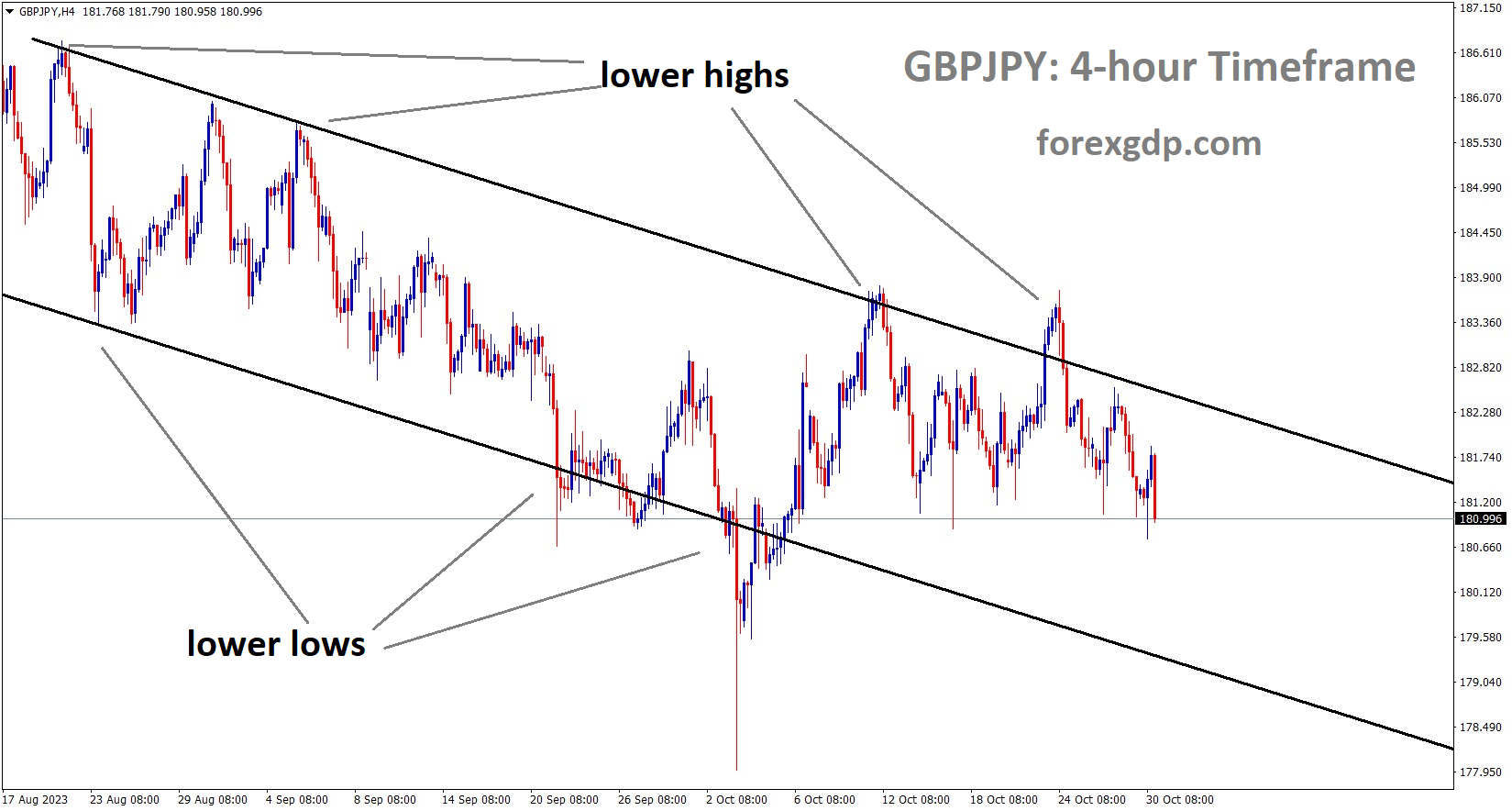
GBPJPY is moving in the Descending channel and the market has fallen from the lower high area of the channel
The divergence in monetary policies among major central banks influences currency exchange rates and capital flows. As the BOJ navigates its monetary course, it must be mindful of how its decisions may impact not only Japan’s economy but also its global standing and financial stability.
Political Considerations and Relief Measures
1: Prime Minister’s Concerns
Prime Minister Fumio Kishida faces a dilemma as the BOJ grapples with monetary policy. The yen’s weakness, driven in part by the BOJ’s easing measures, has raised concerns about rising prices of everyday goods, affecting households’ purchasing power. To address this, Kishida’s government is considering relief measures aimed at assisting households facing the brunt of inflation.

Kishida’s challenge lies in striking a balance between supporting Japan’s export-oriented industries, which benefit from a weaker yen, and addressing the concerns of ordinary citizens grappling with rising living costs.
2: Labor Union Demands
Adding another layer of complexity to the BOJ’s policy decisions are the demands of labor unions. The Japanese Trade Union Confederation’s request for a 5 percent or higher pay hike in annual wage negotiations for fiscal 2024 aligns with their goal of ensuring that wage growth keeps pace with inflation.
The BOJ must consider how labor market dynamics and wage negotiations will impact the inflation trajectory. It is crucial for the central bank to assess whether rising wages will contribute to sustainable inflation or if other factors may pose challenges to achieving its inflation target.
Policy Alternatives and Speculation
1: Potential BOJ Actions
The BOJ has several policy alternatives at its disposal, each with its implications. One potential course of action is adjusting the YCC settings, particularly the 10-year yield cap. Raising the cap could narrow the interest rate differential between Japan and the U.S., potentially easing pressure on the yen’s exchange rate.
However, such a move would also weaken the effectiveness of the BOJ’s stimulus measures and could signal to market speculators that the central bank is on the defensive, which carries its own risks.
2: Market Expectations
Market analysts hold divergent opinions regarding BOJ Governor Kazuo Ueda’s likely course of action. While some expect the BOJ to maintain its current policy settings without immediate adjustments, others argue that some policy shift is necessary to navigate the challenging economic landscape.
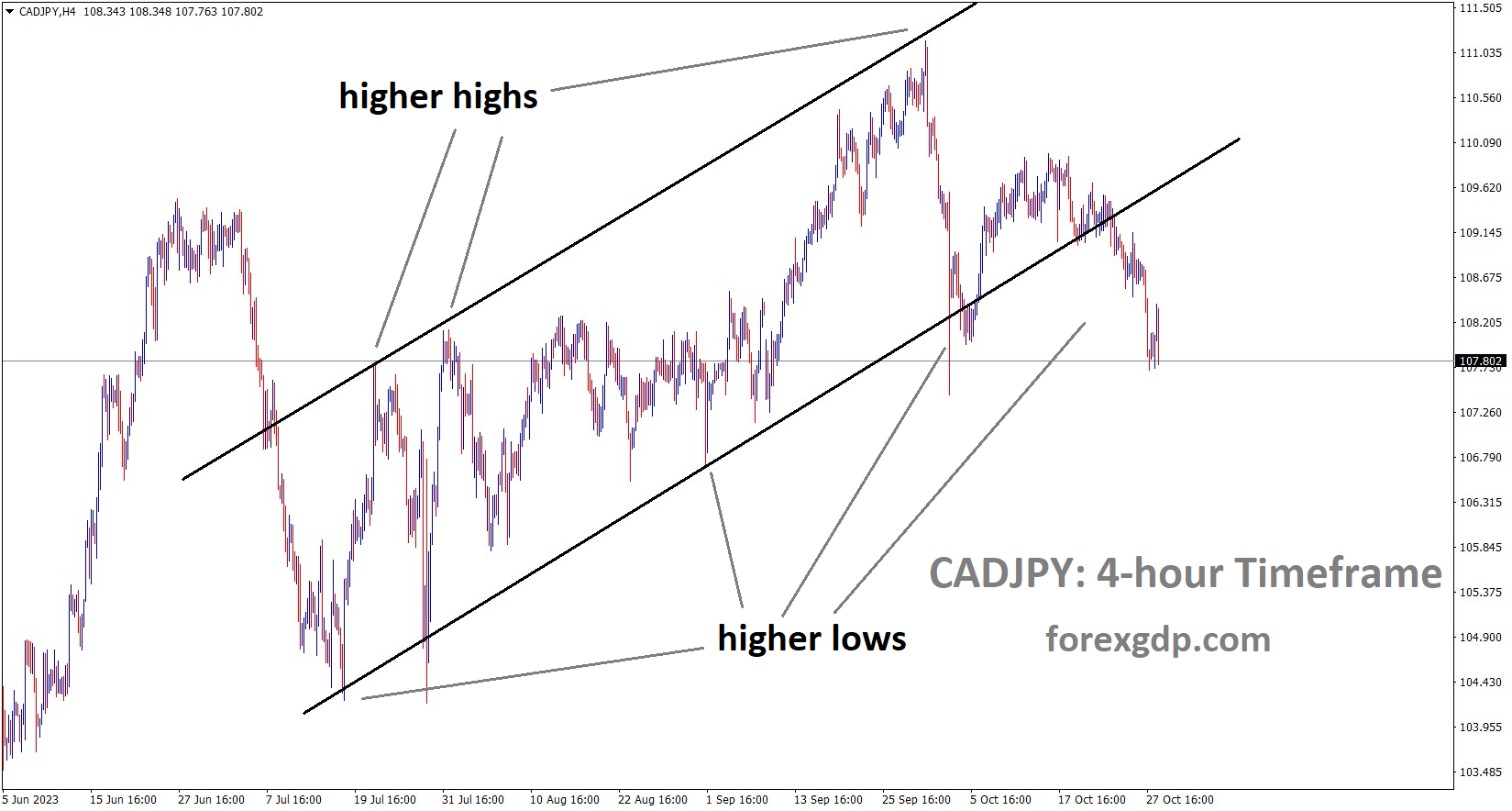
CADJPY is moving in an Ascending channel and the market has reached the higher low area of the channel
The BOJ’s decision will not only impact currency markets but also financial market stability, as investors closely watch for any signs of policy shifts that could influence their investment strategies.
The Impact on the Yen and Global Markets
1: Currency Market Volatility
The BOJ’s monetary policy decision carries significant implications for the yen’s exchange rate. Depending on the course of action taken by the central bank, the yen could either weaken further or experience a sudden rally. Currency
market participants are closely monitoring the BOJ’s actions, and any surprises could lead to abrupt movements in the yen’s value.
2: Global Market Repercussions
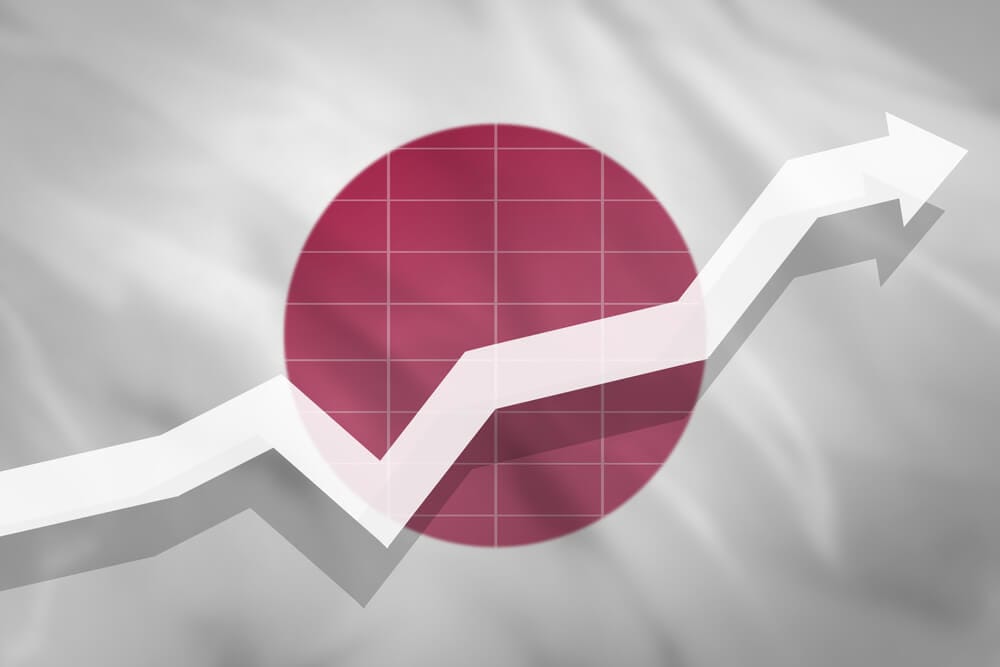
The BOJ’s policy decisions are not confined to Japan’s borders; they reverberate throughout global financial markets. The interconnectedness of economies means that changes in Japan’s monetary policy can influence capital flows, risk sentiment, and investment strategies worldwide.
Global investors and central banks are also keeping a keen eye on Japan’s monetary policy decisions as they assess potential spillover effects on their own economies and currencies.
Government and Corporate Responses
1: Government Intervention
The Japanese Ministry of Finance plays a vital role in maintaining economic stability, particularly when it comes to currency markets. If the yen’s depreciation reaches a critical point, the Ministry may intervene to support the currency and prevent further weakness.
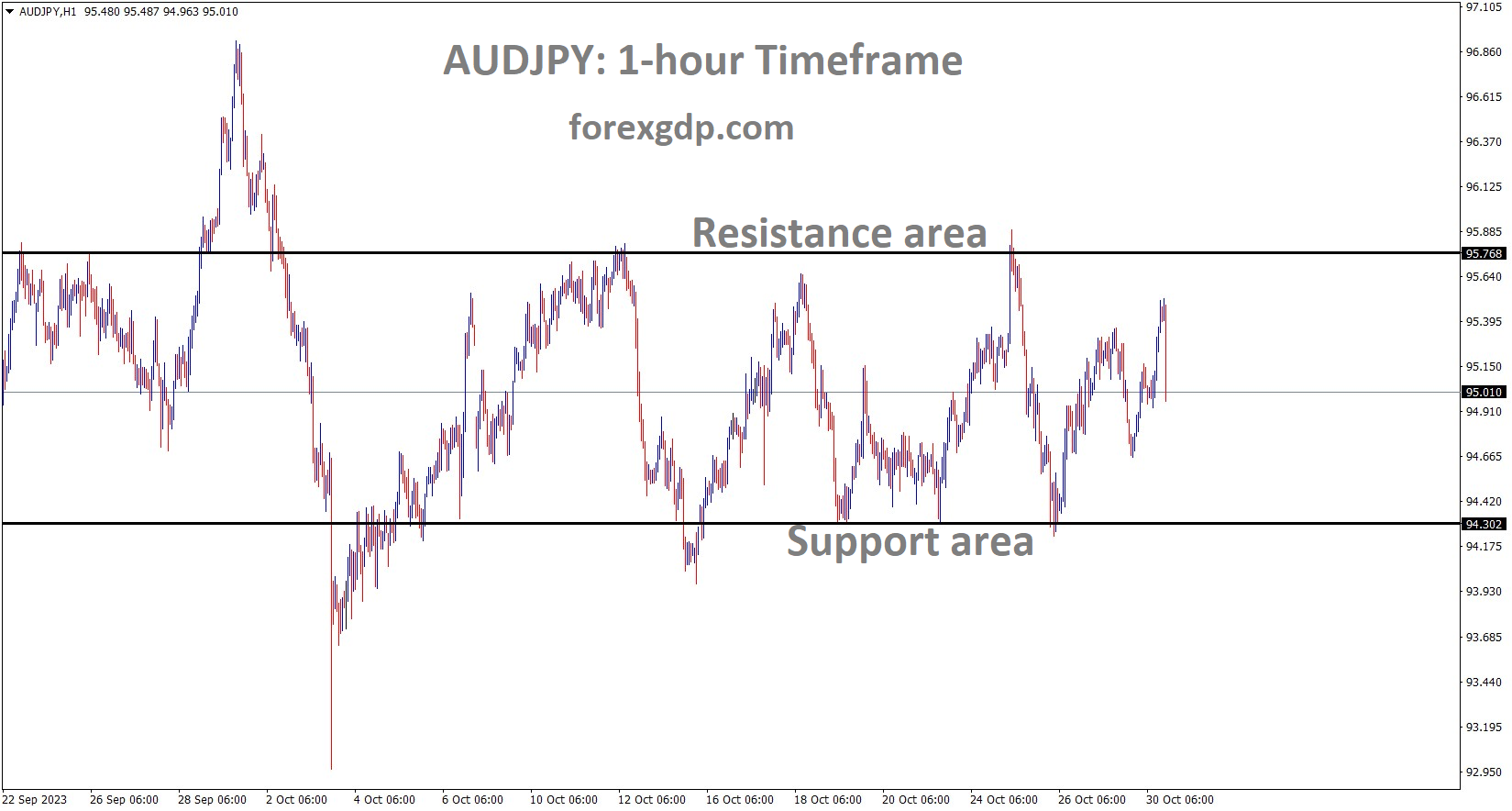
AUDJPY is moving in the Box pattern and the market has fallen from the resistance area of the pattern
Government intervention in currency markets is a delicate and strategic maneuver that aims to strike a balance between supporting export-oriented industries and addressing concerns about inflation’s impact on everyday goods.
2: Corporate Impact
The BOJ’s monetary policies have had varying effects on different sectors of the economy. Export-oriented corporations have benefited from a weaker yen, which enhances their competitiveness in global markets. However, the same currency weakness has exacerbated inflation, impacting consumers and wage growth.
As the BOJ navigates its policy decisions, it must consider the interests of both corporations and consumers while managing the broader economic landscape.
Inflation Expectations and Future Projections
1: Inflation in Japan
Inflation dynamics play a central role in the BOJ’s policy considerations. Rising costs have begun to impact consumer prices, leading to concerns about inflation’s sustainability. Over time, price levels in Japan are expected to converge with those in other countries, signaling a period of sustained inflation.
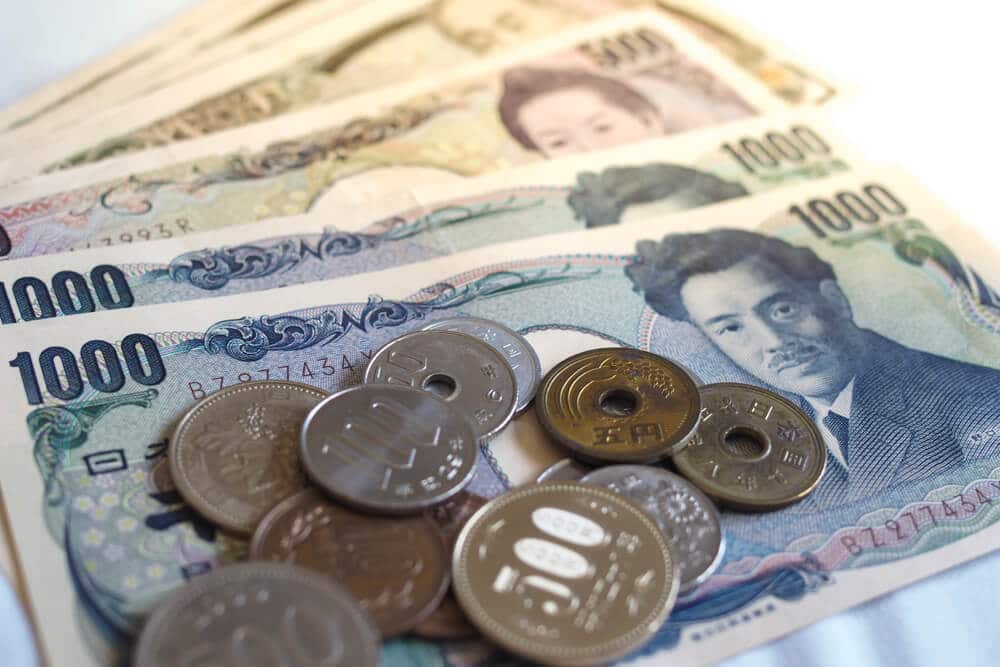
The BOJ monitors inflation expectations among investors through measures like break-even inflation rates, which indicate the expected average inflation rate over the next decade.
2: Market and Central Bank Views
Differing views exist among market players and central bankers regarding the prospects for sustained inflation and the need for monetary policy adjustments. The BOJ must carefully assess these views as it formulates its policy decisions. A critical aspect is the central bank’s economic projections, which provide insights into its views on inflation’s durability.
Conclusion
The Bank of Japan faces a daunting and multifaceted monetary policy decision, with significant implications for Japan’s economy and its standing in the global financial landscape. Striking a balance between managing the yen’s exchange rate, navigating yield curve control, and addressing inflation pressures while considering global uncertainties and domestic political concerns is a complex task. The BOJ’s policy decisions are closely watched by market participants, central banks, and governments worldwide, highlighting the far-reaching impact of Japan’s monetary choices on the global economy.
Don’t trade all the time, trade forex only at the confirmed trade setups.
Get more confirmed trade setups here: forexgdp.com/buy/

